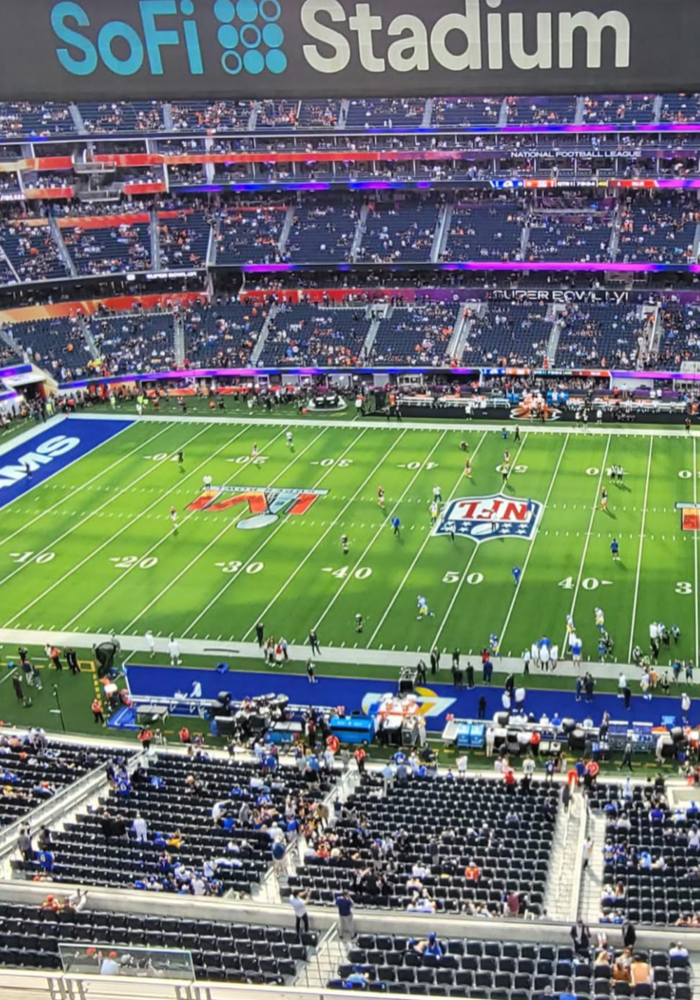The Super Bowl may well be the biggest sporting event of the year, but these days, it is about so much more than just the action taking place on the field. Yes, there is plenty at stake for the two competing teams and the 70,000 fans who converged upon Inglewood's SoFi Stadium in Los Angeles this year to see the LA Rams defeat the Cincinnati Bengals, not to mention the 100 million-plus audience watching at home. But its appeal has smashed through the realm of sport to become a bona fide pop culture phenomenon.
It wasn’t long ago that the fanfare around the game was matched closely by the anticipation of which new advertising campaigns would be launched to capitalise on the vast audiences attracted by the occasion. Now, similar hysteria is whipped up by the teaser trailers (yes, you read that correctly) for those ads, which have almost become mini blockbusters in their own right.
And then there is the legendary half-time performance. This prodigious slot has now become a stage for the biggest musical artists on the planet to deliver a show-stopping performance before a combined audience that virtually no other opportunity could offer. Beyonce, Bruno Mars, The Rolling Stones, The Weeknd and Lady Gaga are just some of those to have delivered Super Bowl halftime shows in recent years.
And this year’s show was perhaps one of the most iconic in Super Bowl history, as Dr. Dre, Snoop Dogg, Eminem, Mary J. Blige and Kendrick Lamar came together onstage, celebrating the location’s unique hip-hop and R&B legacy.
The 2022 half-time show marked the third year of collaboration between the NFL and Roc Nation, the entertainment company founded by Jay-Z, and provided an ideal platform to showcase some of hip-hop and R&B’s most influential figures, as well as being the first time hip-hop artists were the main performers for the prestigious halftime show. The ensemble performance also featured a surprise guest appearance by 50 Cent (representing the rival East Coast rap scene), who appeared upside down – recreating his music video for his 2003 hit, In Da Club.






